
Lanet CLICK entered the TOP-8 digital agencies of Ukraine according to the Ringostat 2025 rating
Lanet CLICK was included in the list of the best digital agencies in Ukraine according to the Ringostat 2025 rating […]

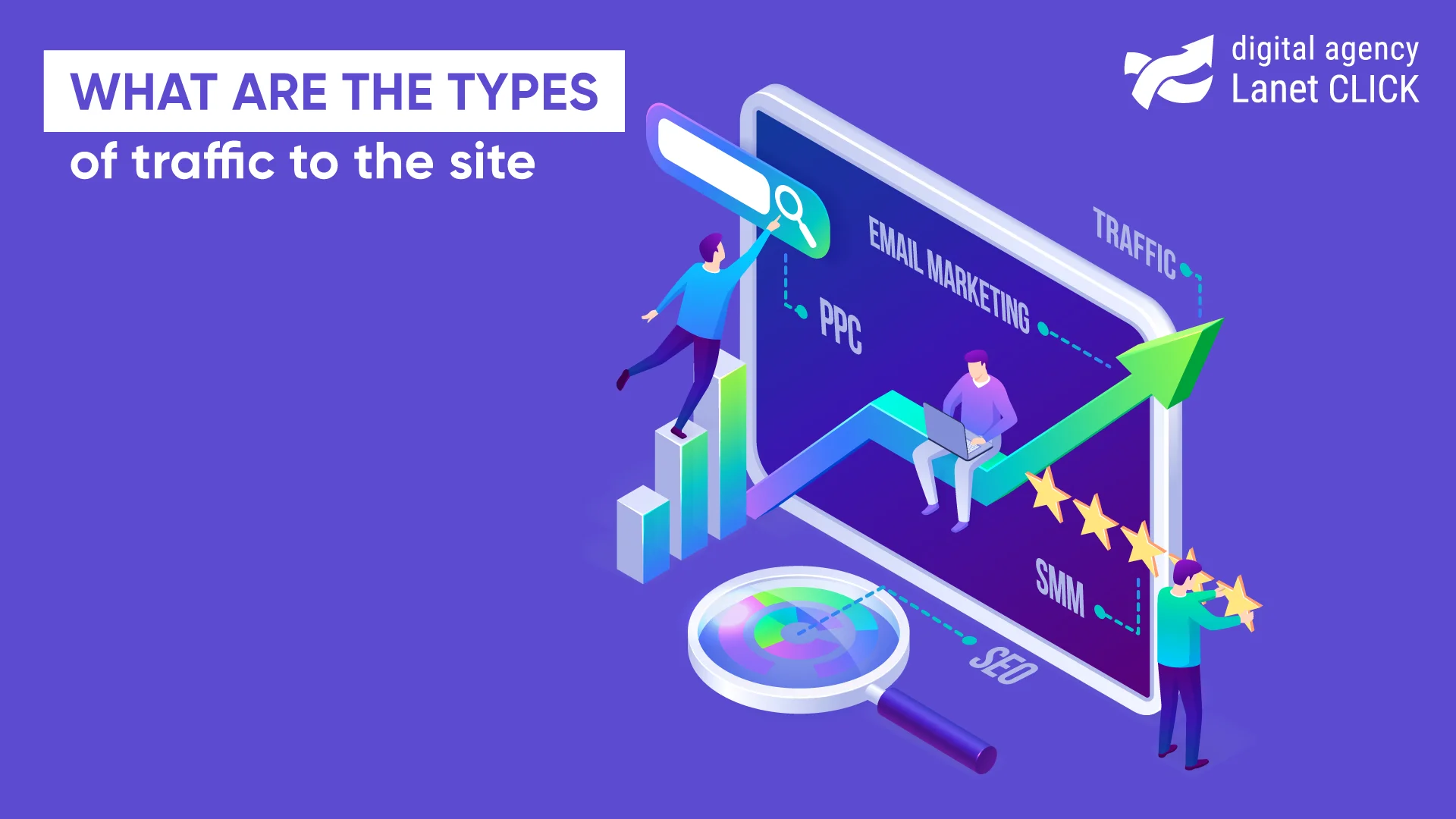
One of the main indicators for each site is traffic. What is it, and what are the types of traffic? Read further in the material.
The term traffic is of English origin and means transport uses a road. At the same time, in the context of SEO, traffic means the number of visitors to the site. Therefore, one of the primary tasks of an SEO specialist is to achieve high values of traffic. Experts use different sources of traffic to get high traffic.
There are the following traffic channels:
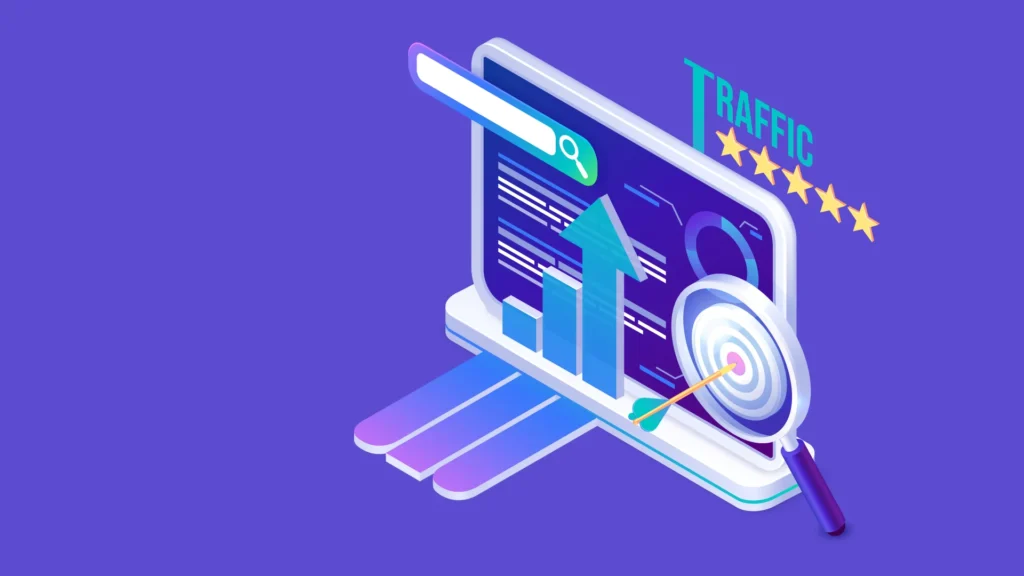
Search or, as it is also called, organic traffic is the traffic that a site receives from conversions from search results (organic search). It has two types:
When a user prints a query on Google to “buy a summer dress”, he gets a number of results and goes to several sites. Those web resources receive organic traffic. Most often, users click on the first few web resources in the Google issue. Therefore, site owners are interested in having their portal ranked as high as possible in the search engine. SEO site promotion is the promotion of sites and achieving the first positions. Search traffic is characterized by the fact that the more you work to increase it, the better the return, the higher the number of conversions. Although, the results will not come very quickly.
Advertising links generate paid traffic. It includes visitors who switch to the web resource through online advertising. This can be advertising in Google Ads, social networks, video hosting, advertising in the media, etc. Advertiser ads can be in a variety of formats and placed on web pages, text, video, and more. The advantage of attracting this type of traffic is that you control the number of conversions. At the same time, there is a major drawback: you have to pay for demonstrations or conversions. And if the budget runs out, there will be no paid traffic to the website.
PPC contextual advertising is the largest provider of paid traffic in the world. We have allocated it to a separate traffic channel. Contextual advertising is selective and is shown only to those users whose interests coincide with the subject of the advertised product or service. Most often, contextual advertising can be seen:
Direct traffic is generated by users who navigate your site in one of two ways:
Direct traffic is usually a small part of the total number of conversions. However, it is important for any project because it is an indicator of recognition and loyalty from the audience. The main part of the information project are regular readers. For a commercial project, these are users who want to make repeated purchases or view product updates on the site. Increasing the share of direct traffic can be achieved by improving marketing activity both offline and online. Regular readers are the main part of the information project. For a commercial project, these are users who want to make repeated purchases or view product updates on the site. Increasing the share of direct traffic can be achieved by improving marketing activity both offline and online.
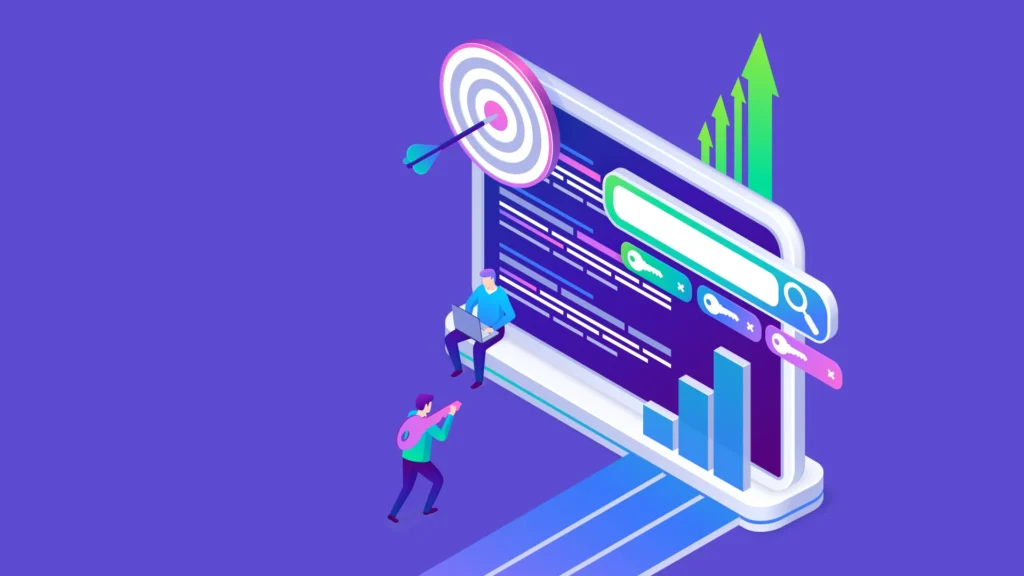
Referral traffic is generated by people who make conversions from third-party sites to your resource. Imagine that you have published a press release about your company on a third-party website and posted a link to your site. Users who are interested in this information will click on the link. This way, you will get referral traffic to your site. The more links to your site from different sources, the more users will go to it. At the same time, it is important to place links on popular web resources. In addition, you should not neglect the credibility of the site. Because portals with a low reputation are less trusted. You can place links to your site not only on third-party sites but also on thematic forums, in comments, etc. The main thing is to choose the right topic: readers of the culinary site are unlikely to be interested in a link to the portal about marketing.
You can also receive conversions in the mail. To do this, start email marketing. It is important to understand that letters are sent to customers without breaking the law and with their prior consent. The advantage of receiving traffic from email is that you do not need significant investments to run the distribution.
Read also: How to find out the site traffic
Traffic from social networks is generated by people who come to your site from Facebook, Twitter, Instagram, etc. The number of conversions is influenced by your activity on social networks and the strategy of interaction with readers. For example, if you form a large community on one of the social networks, you will be able to attract a large audience to your site. SMM promotion will help with this. Besides additional traffic to the site, with the help of promotion on social networks, you can increase loyalty and visibility of the company, set up effective advertising and get feedback from customers.

Lanet CLICK was included in the list of the best digital agencies in Ukraine according to the Ringostat 2025 rating […]
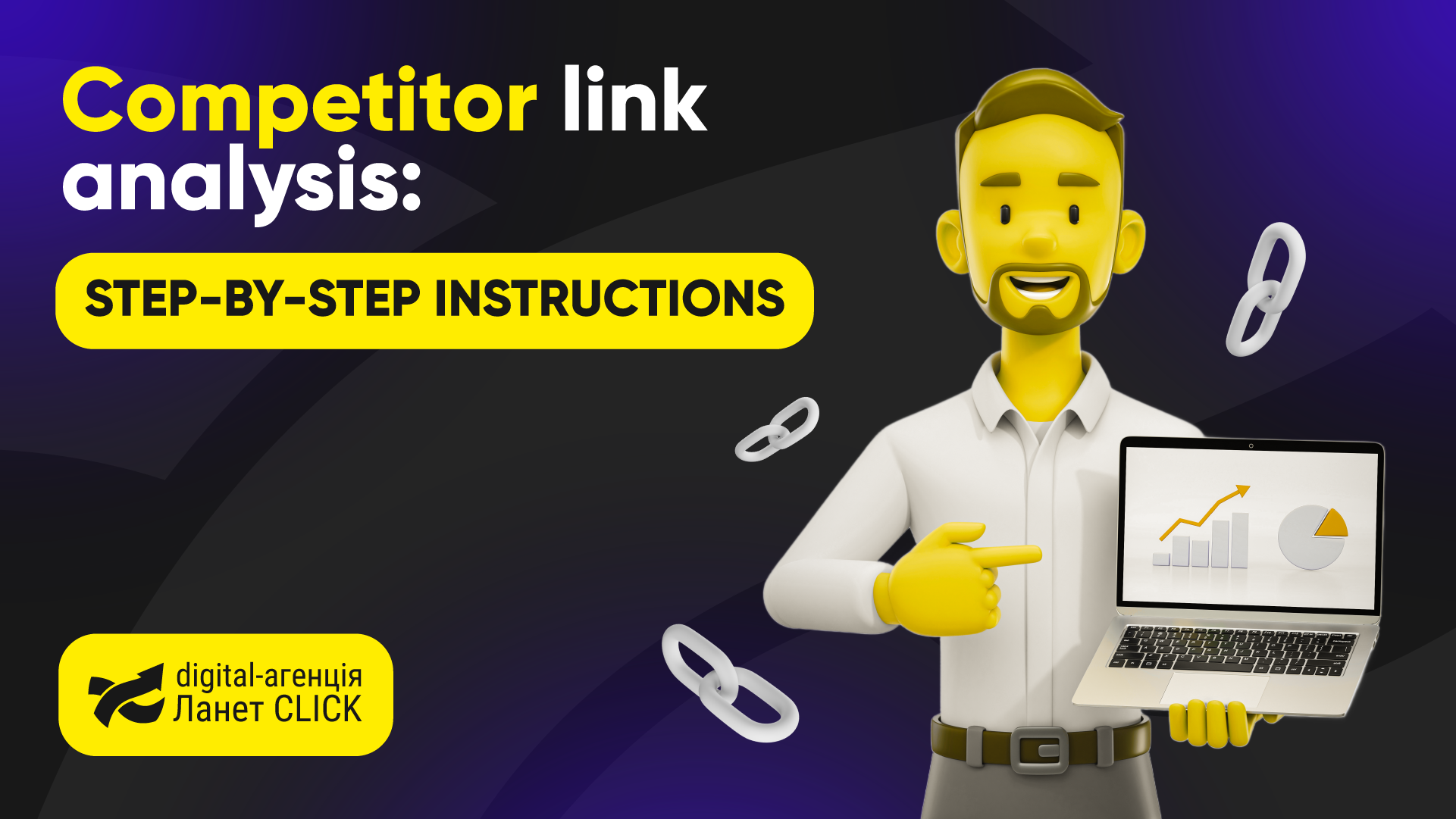
For a site to rank high in search results, it is important to work not only with content and technical […]
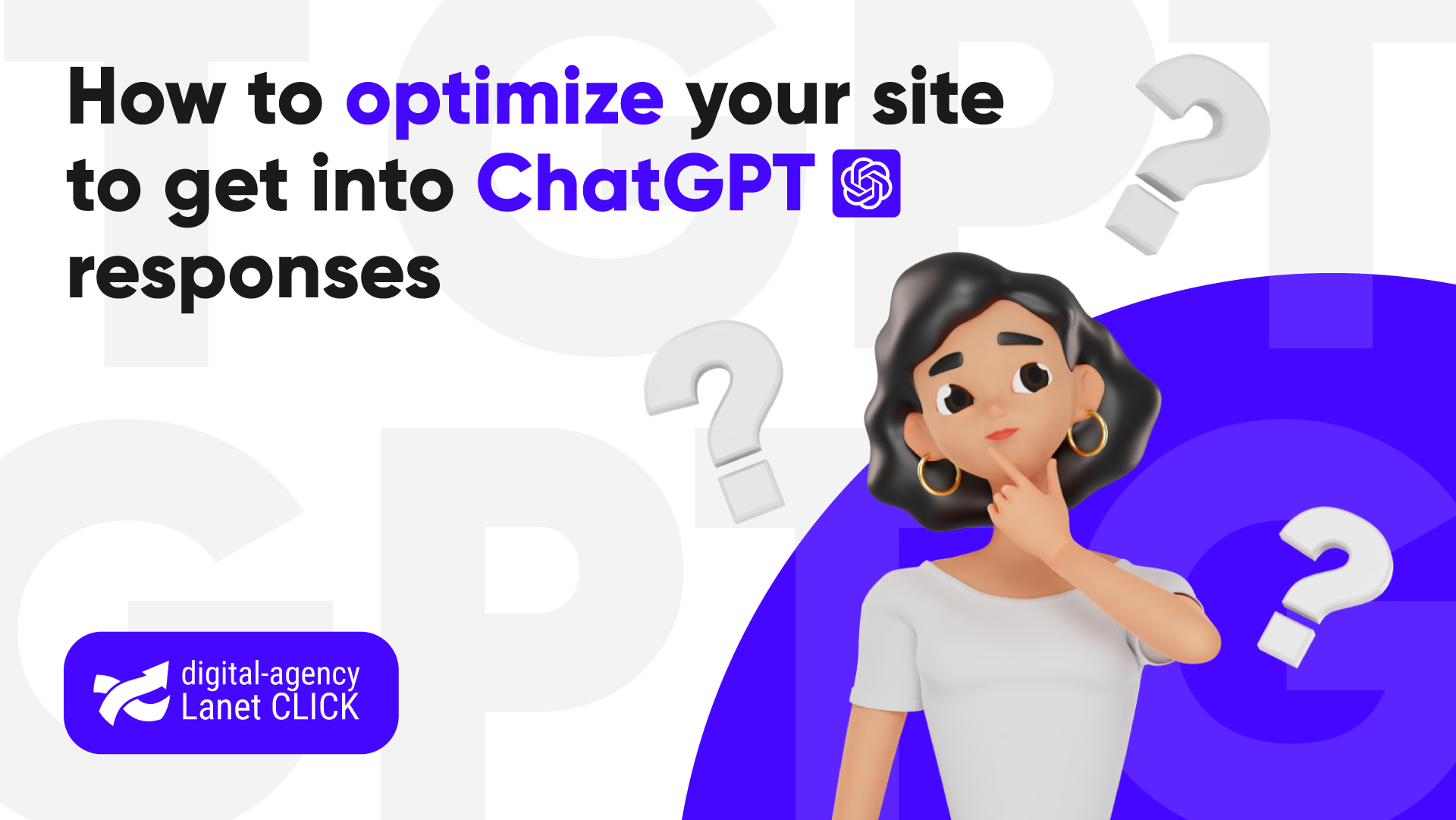
Artificial intelligence has already changed the rules of the game in search engines. Users are increasingly turning to ChatGPT and […]
A good strategy, perfectly selected digital tools, and their effective application will allow the business to increase profits, grow the customer base, and form recognition and loyalty. Do you want something like that? Contact us.
You have taken the first step towards effective online marketing. Our managers will contact you and consult you soon.